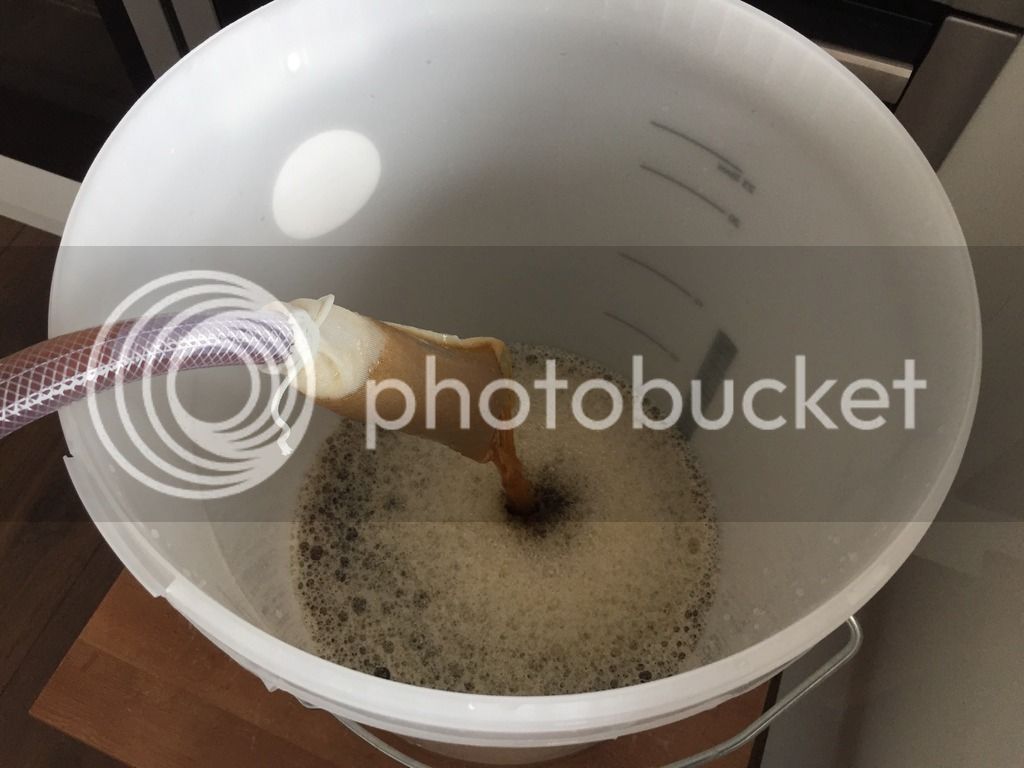I've just finished making a red ale and was - as always - disappointed to see how much wort was thrown away with the break.
I would estimate that about 15% of the wort went down the plughole! Am I being too wasteful? I was racking the wort into the fermentation bin and could see the break through the side of the vessel I was racking from. I could also view from the top. I could see some of the break was disappearing down the siphon tube. If I hadn't stopped when I did, much more of the break would have gone into the fermentation bin.
I would be interested to hear people's thoughts on the whole issue of break, wastage (and reduction of wastage) and effects of break that is allowed inside the fermentation bin.
Thanks in advance.
I would estimate that about 15% of the wort went down the plughole! Am I being too wasteful? I was racking the wort into the fermentation bin and could see the break through the side of the vessel I was racking from. I could also view from the top. I could see some of the break was disappearing down the siphon tube. If I hadn't stopped when I did, much more of the break would have gone into the fermentation bin.
I would be interested to hear people's thoughts on the whole issue of break, wastage (and reduction of wastage) and effects of break that is allowed inside the fermentation bin.
Thanks in advance.




